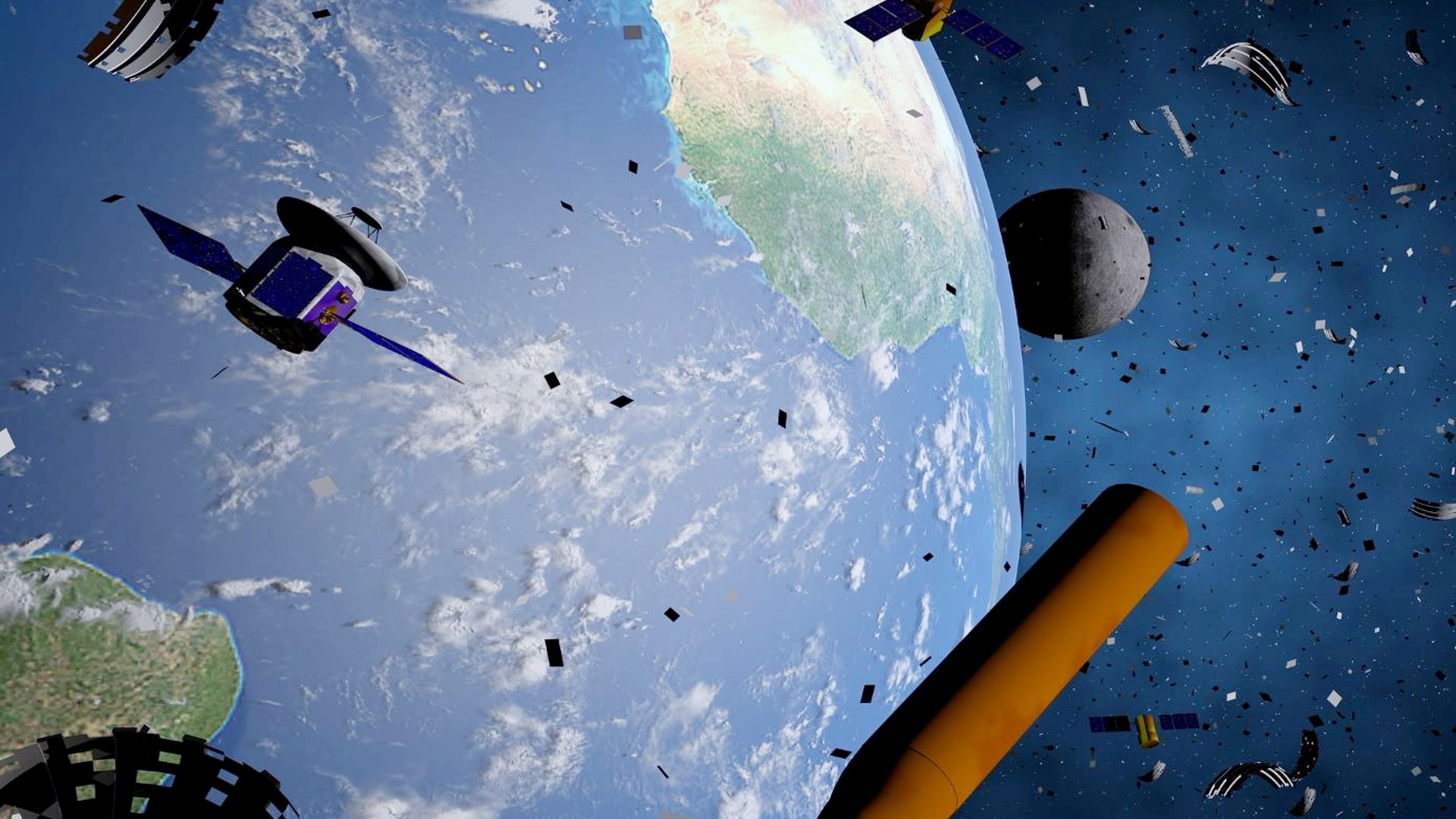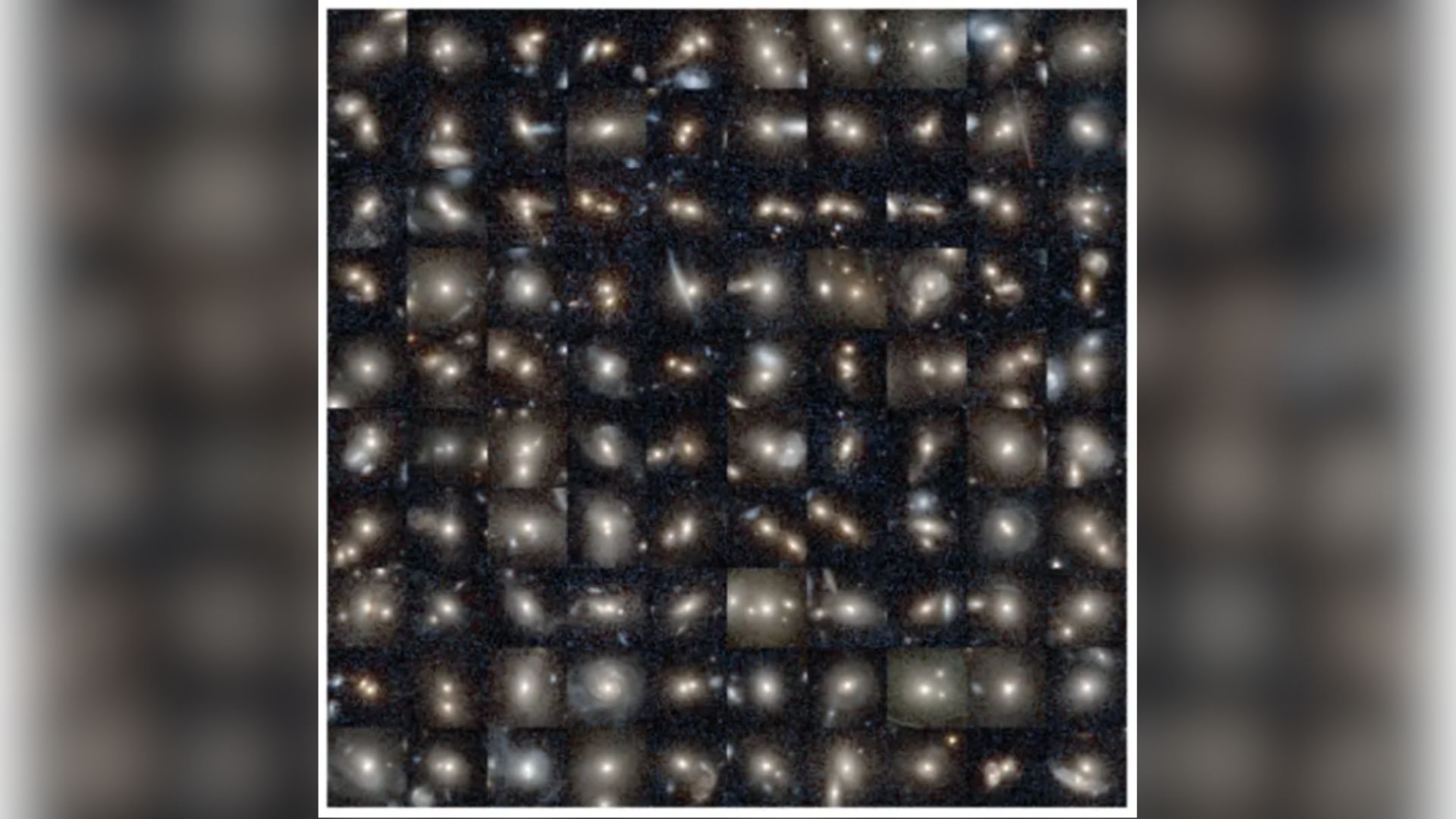Space debris could be dealt with more cheaply than previously thought, new NASA report suggests
"This study allows us to start to answer the question: What are the most cost-effective actions we can take to address the growing problem of orbital debris?"

A new report by NASA outlines the most promising approaches to keeping the space around Earth safe and usable for future generations and finds that the solution could be more cost-effective than previously thought.
From expensive actions such as dedicated space debris removal missions to better shielding of new satellites and improved tracking of the smallest space debris fragments, there are many ways to protect the space environment from the potentially devastating effects of the growing amount of space junk orbiting our planet.
The new report, called Cost and Benefit Analysis of Mitigating, Tracking and Remediating Orbital Debris, compares the cost-effectiveness of more than 10 different strategies that could be used to reduce the risk of collisions between satellites and orbital debris.
Related: 7 wild ideas to clean up space junk
"This study allows us to start to answer the question: What are the most cost-effective actions we can take to address the growing problem of orbital debris?" NASA analyst Jericho Locke, the lead author of the report, said in a statement.
The report, a sequel of an earlier paper published in 2023 and authored by a team of researchers from NASA's Office of Technology, Policy and Strategy (OTPS), attempts to directly estimate the cost of space debris to satellite operators. That includes not only direct damage to satellites from junk impacts but also the cost of maneuvering to avoid debris, which burns fuel and shortens a mission's lifespan.
"By measuring everything in dollars, we can directly compare shielding spacecraft to tracking smaller debris or removing 50 large pieces of debris to removing 50,000 smaller ones," Locke said.
Breaking space news, the latest updates on rocket launches, skywatching events and more!
The team plans to follow up the study with additional estimates of the cost-effectiveness of combining different ways of mitigating space debris risks.
"Growing activity in Earth's orbit has brought us everything from faster terrestrial communications to a better understanding of our changing climate," said Charity Weeden, who leads NASA's OTPS.
"These blossoming opportunities are resulting in a more crowded space environment," Weeden added. "This study is part of NASA's work to rapidly improve our understanding of that environment as outlined in NASA's recently released Space Sustainability Strategy, by applying an economic lens to this critical issue."
The study models the evolution of the orbital environment over the next 30 years and looks at the risks posed by all kinds of debris, from large intact satellites and rocket stages to the smallest fragments created in collisions. It also evaluates the effects of various debris mitigation and remediation strategies, including quickly deorbiting spacecraft at the end of their missions and actively removing large pieces of junk.

Tereza is a London-based science and technology journalist, aspiring fiction writer and amateur gymnast. Originally from Prague, the Czech Republic, she spent the first seven years of her career working as a reporter, script-writer and presenter for various TV programmes of the Czech Public Service Television. She later took a career break to pursue further education and added a Master's in Science from the International Space University, France, to her Bachelor's in Journalism and Master's in Cultural Anthropology from Prague's Charles University. She worked as a reporter at the Engineering and Technology magazine, freelanced for a range of publications including Live Science, Space.com, Professional Engineering, Via Satellite and Space News and served as a maternity cover science editor at the European Space Agency.
